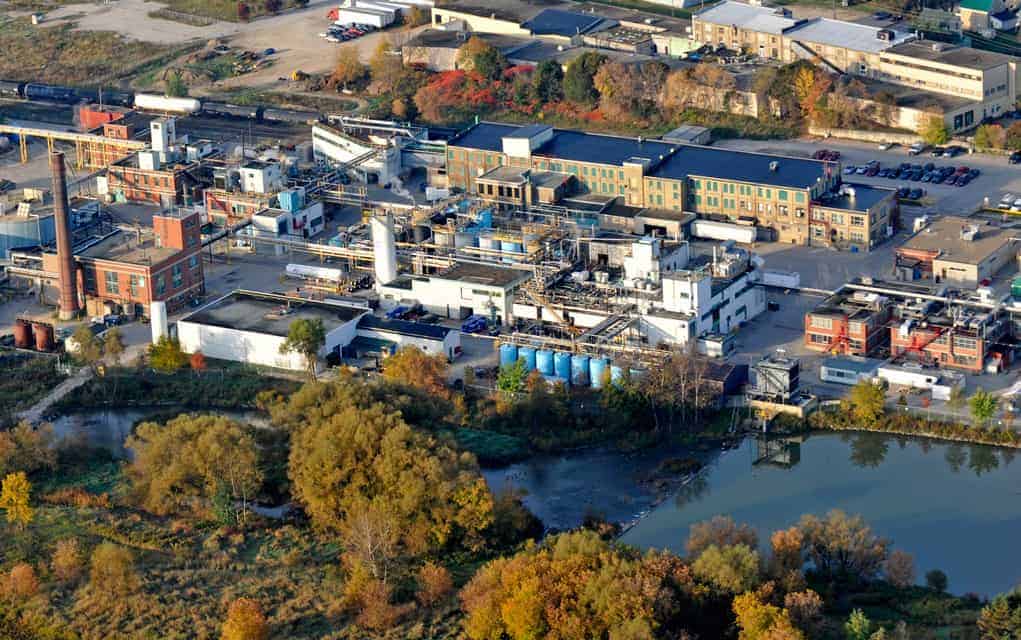;
;
;

With new computer models showing the efforts to restore contaminated aquifers under Elmira may not meet the 2028 deadline, the public group charged with monitoring the process is now contemplating what happens afterwards. The township’s Technical Advisory Group (TAG) met last week to go over a repor
Last updated on May 04, 23
Posted on Jul 21, 16
2 min read
